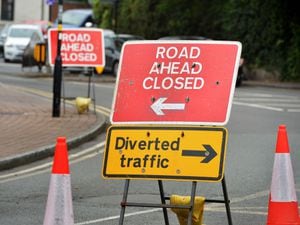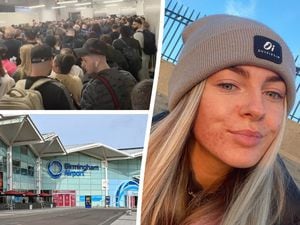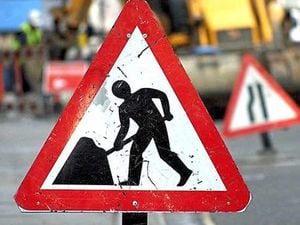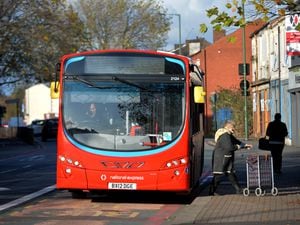West Midlands Mayor's pledge on new train station
Andy Street has vowed to prioritise a new Black Country train station in the latest phase of his £15 billion transport plan.
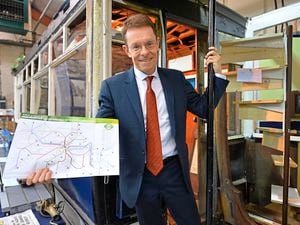
The West Midlands Mayor said opening up a station at Tettenhall was his "next ambition, with a funding bid for the scheme due to be submitted to Ministers this week.
It comes after a £400,000 deal was agreed to buy land for a station in Aldridge, while new stations in Darlaston and Willenhall are due to open by 2023 and the new Wolverhampton station will open in the coming weeks.
Mr Street said the new stations were vital to help the region bounce back after Covid.
He said: “Tettenhall is our next top priority in the Black Country for a new station.
“Over the last 12 months we have been working hard to turn my transport plan into reality, with stations set to be built in Darlaston and Willenhall, and land set to be purchased for another at Aldridge.
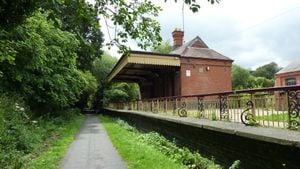
“Now Tettenhall is our next ambition, and we will be working together with the Government to make this happen, with a new funding bid going in this week.
“We have already secured planning permission for five new stations across the region, so we have been down this route before and know what needs to be done.
“I’m determined to get Tettenhall properly connected to the rail network, and all the opportunities and benefits that will bring to local people.”
The Mayor says his transport plan, launched last year, will bring a London-style interlinked network to the region by 2040.
Work is underway on Metro extensions and improved buses and services, a “very light rail” project to create a low-cost streetcar system has been launched, and the business case for the £20m Dudley Interchange has been approved.
A new ‘Boris bike’ hire scheme has launched and will be rolled out in Wolverhampton, Walsall, Stourbridge and West Bromwich later this year.
Mr Street said the Black Country would be at the heart of his vision.
“The crucial point about my plan is that it is not just about pouring money into Birmingham city centre," he said.
“This represents our own West Midlands version of ‘levelling up’ – as we focus well beyond the Second City.
“We aren’t going to overturn 40 years underinvestment in the West Midlands in just four years, but we are moving forward at pace and are on target.”
Bringing a railway station to Tettenhall has been the subject of a campaign by Wolverhampton South West MP Stuart Anderson.
Tettenhall's last station closed to passengers in 1932.
Mayor Andy Street reveals his plan for linking our region by public transport
"A year ago, I stood in the halls of Aldridge Transport Museum, surrounded by historic vehicles of all shapes and sizes, to unveil my 2040 Transport Plan.
The museum is a great place to learn how the people of the Black Country got about in the past – and it was the perfect venue to launch a vision for the future of transport in the West Midlands.
An ambitious 20-year vision of how our towns and cities will need to be linked in the coming decades, the 2040 Transport Plan involves various modes of transport including Metro, rail, bus and high-tech vehicles.
It envisages 150 miles of new Metro lines and calls to reopen long-closed railway stations, as well as pioneering Very Light Rail technology and driverless vehicles.
My plan captured the imagination, partly thanks to a Tube-style map which lays out just how all of these new networks would knit together. Of course, creating an ‘Underground’ map also clearly signalled my determination to build a transport network of the standard enjoyed by the capital for decades – with the funding to match.
Investment
Yes, it requires serious investment, but if we truly want to ‘level up’ our nation’s economy and repay the trust of voters in the Midlands and the North, this kind of ambition is vital. In fact, the investment required – costed at £15billion over 20 years – is the same as the initial budget for Crossrail, which forms just one part of London’s network.
So, what has been achieved since the plan was launched? Despite the many challenges of the last year, we have been getting on with the job. Work has continued apace, despite Covid-19.
In central Birmingham, the ‘Westside’ Metro extension from Centenary Square to Edgbaston village is set to open later this year, while work has started in Digbeth, on the ‘Eastside’ line, which will take the Metro through to link with HS2 at the new Curzon Street station.
However, the crucial point about my plan is that it is not just about pouring money into Birmingham City Centre.
This represents our own West Midlands version of ‘levelling up’ – as we focus well beyond the Second City.
Two of our largest projects are brand new stations in Wolverhampton and Coventry. Both are progressing fast and Wolverhampton will open in the spring – along with a new link to the Metro network.
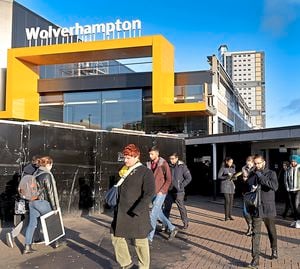
Elsewhere on the railways, we have made major progress on our plans to work with Government and our local councils to reverse the Beeching cuts, and reopen long-closed stations.
Planning permission has been secured for five new stations – including in the heart of the Black Country in Darlaston and Willenhall.
This is just the start. We are about to bombard Grant Shapps and his team with plans for many more stations, including Tettenhall in Wolverhampton, three more in Coventry, at Binley, Coundon and Foleshill, and at the Fort and Castle Bromwich in North Birmingham.
The Metro section of my plan is also progressing at pace. Not long after becoming Mayor, I secured £250million of Government support to extend the Metro network.
Looking back now, that early win indicated a shift in onus after years of underinvestment in the region.
That money has underpinned the rapid expansion of the Metro, putting diggers in the ground.
For example, the work to extend the Metro through more of Sandwell, past Tipton and out to Dudley and Brierley Hill is now well underway with the major engineering work started.
In many ways, Metro is the West Midlands’ Crossrail, creating an East-West link across the conurbation.
Progress
Huge progress has also been made on the buses network, which remains the backbone of public transport here, with 267 million journeys a year compared to 50 million for rail and about seven million on the Metro. Our bus fleet has been continually improved, with new vehicles and cutting edge technology.
National Express has also announced a fourth consecutive annual fare freeze – a huge contribution to millions of families here at such a difficult time.
Then there is ‘Very Light Rail’, a pioneering concept that draws on design and component expertise from our auto industry to create a relatively low-cost streetcar system.
The Very Light Rail Innovation Centre, being built in Dudley, will design and develop lightweight rail vehicles and include 2km of test tracks.
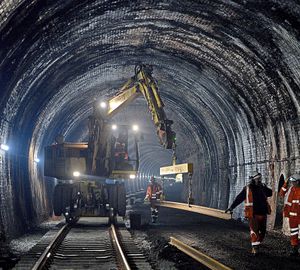
It will test the new VLR system being built now in Coventry and will soon be rolled out in the city and hopefully more places across in the UK and the world.
In VLR, West Midlands industry is once again driving innovation.
What the transport map doesn’t show are the numerous other schemes on the table to improve cycling, walking and healthier ways of getting around which will also play a part in revolutionising how people move about the conurbation.
We aren’t going to overturn 40 years underinvestment in the West Midlands in just four years, but we are moving forward at pace and are on target.
And what of Aldridge, home of the Transport Museum where I launched my plan last year?
Well, we’ve just purchased a site to enable us to reopen the station there, which would see a passenger service reintroduced for the first time in 56 years.
It is another stop on a route map showing real progress."

